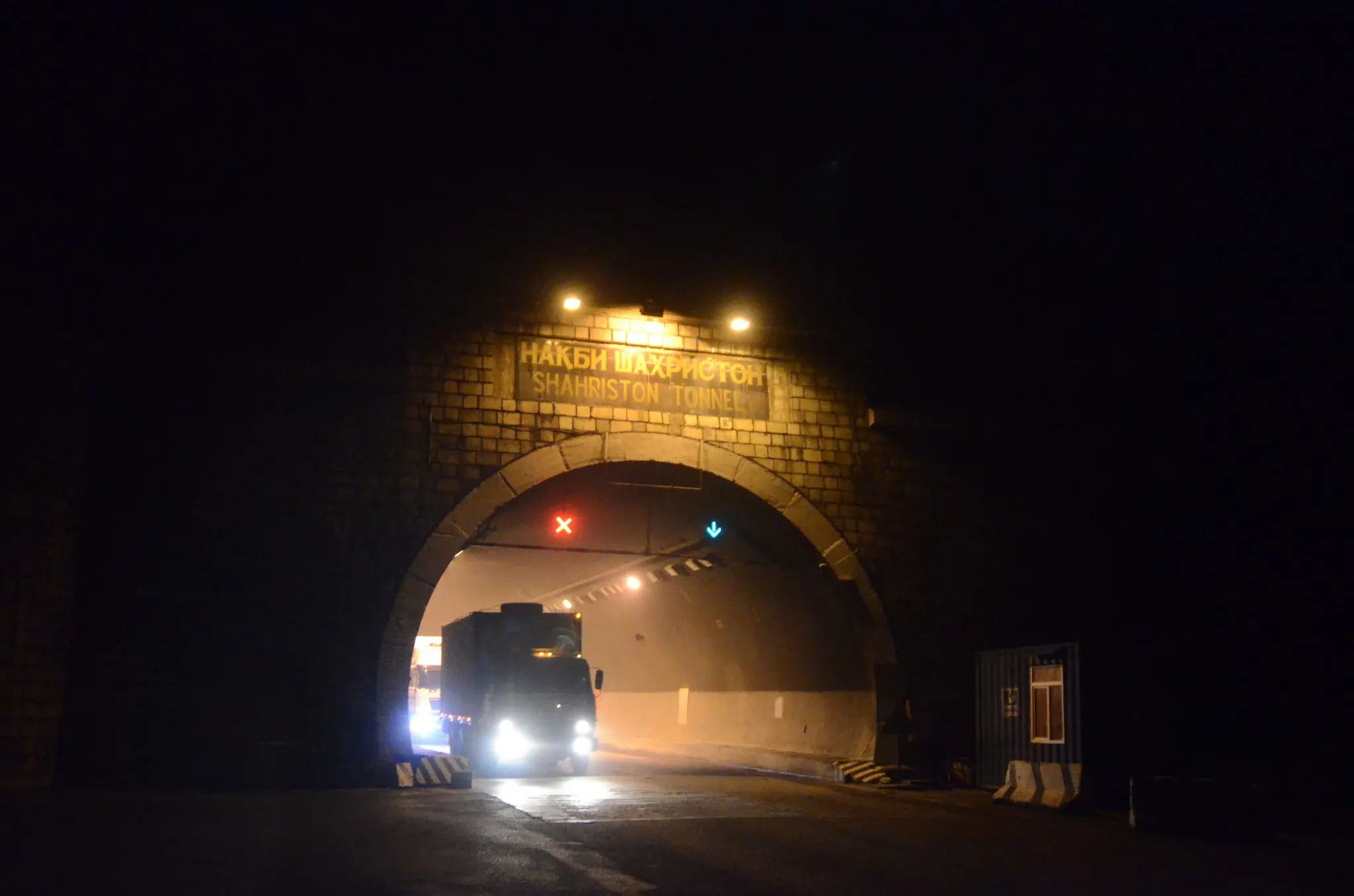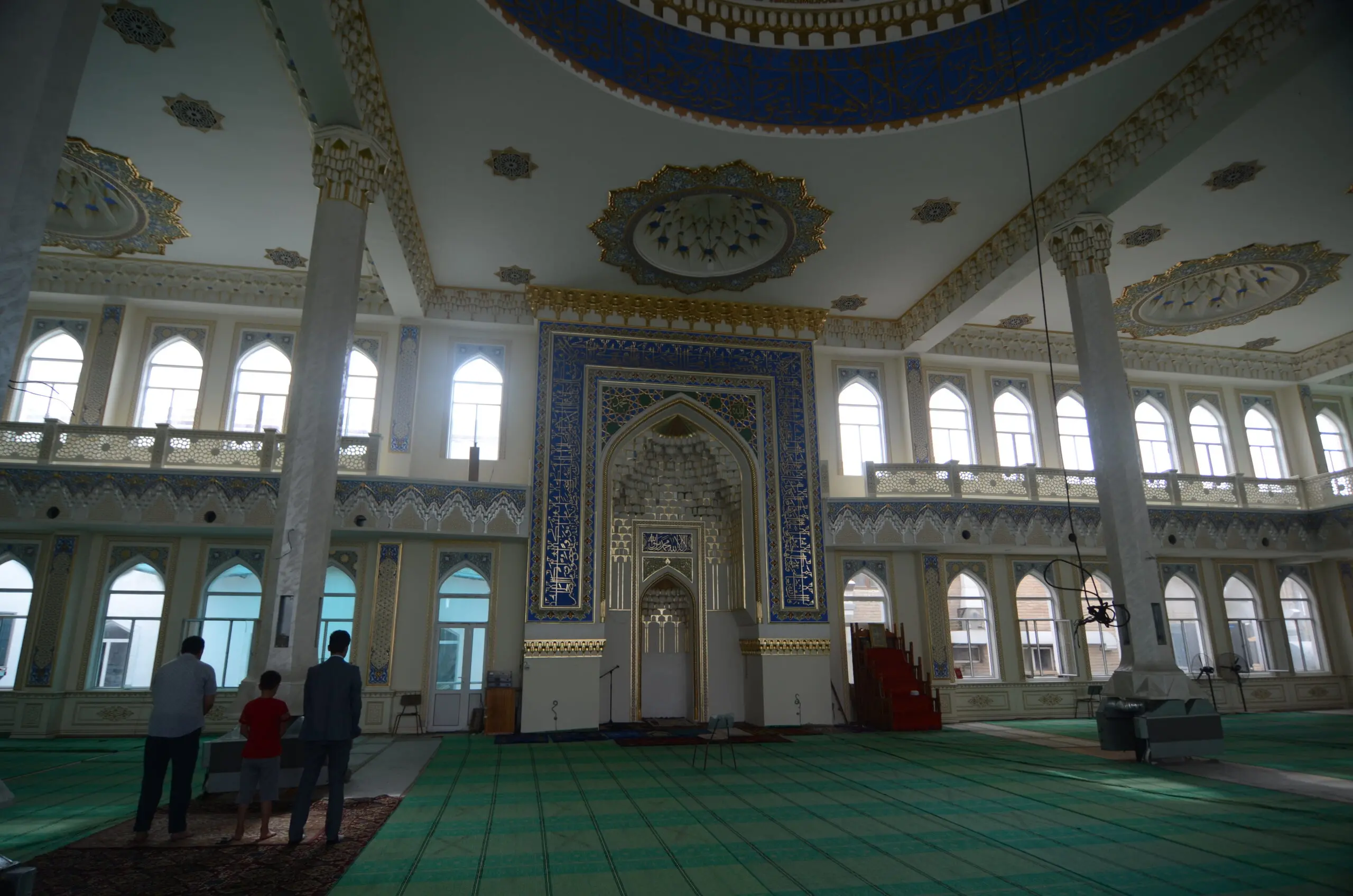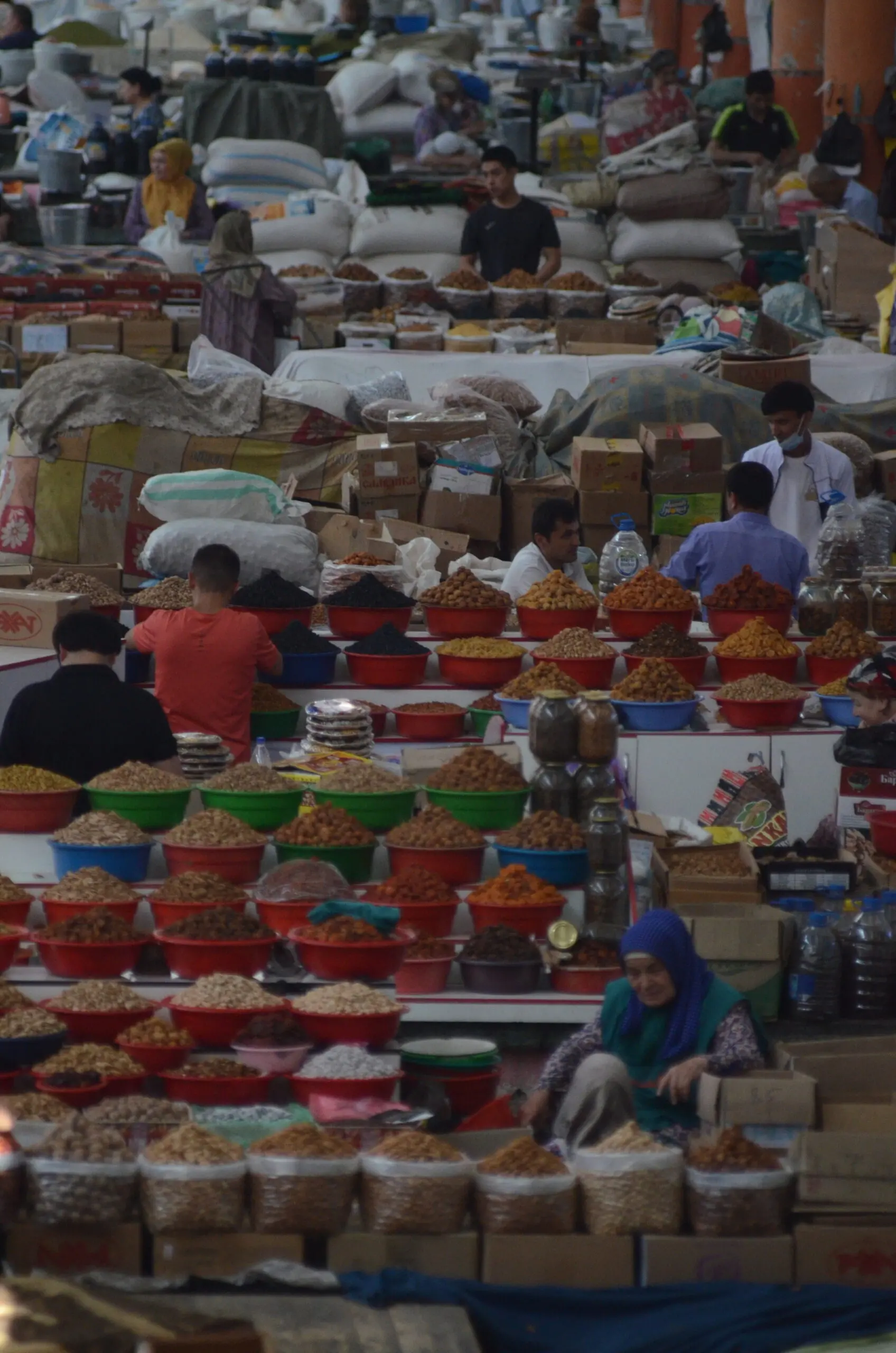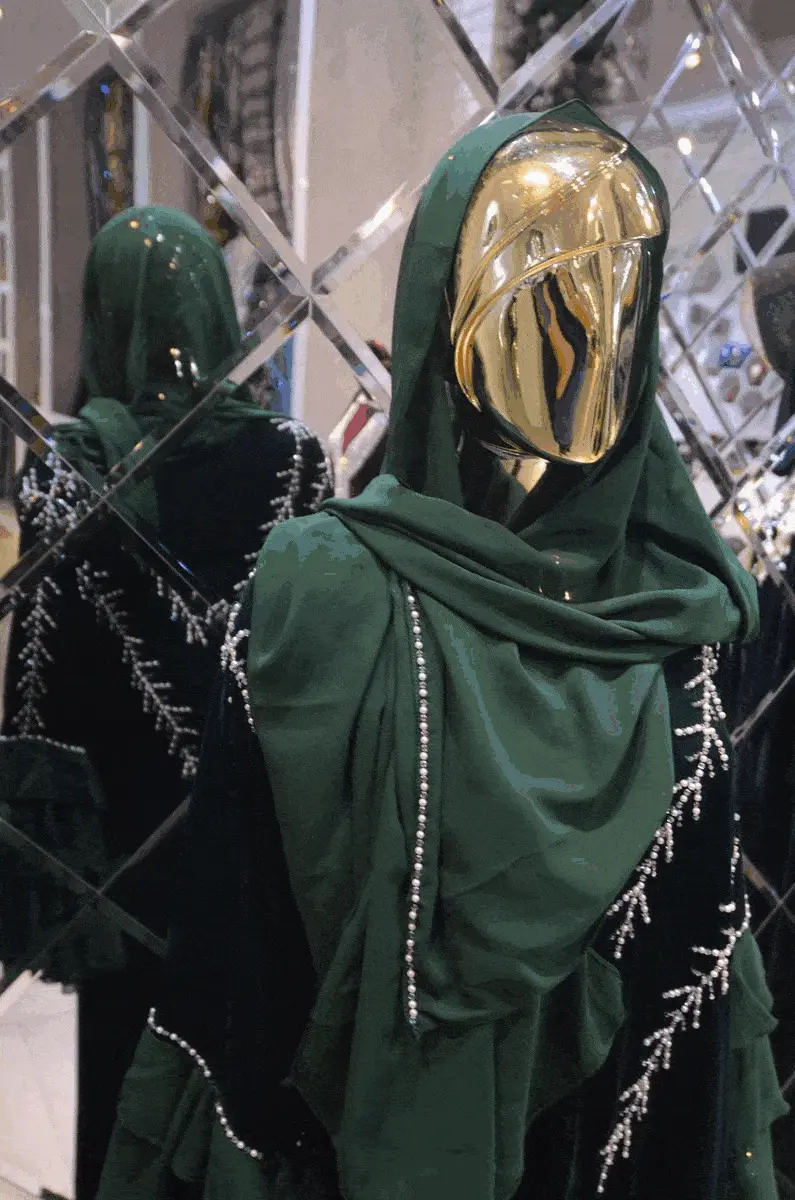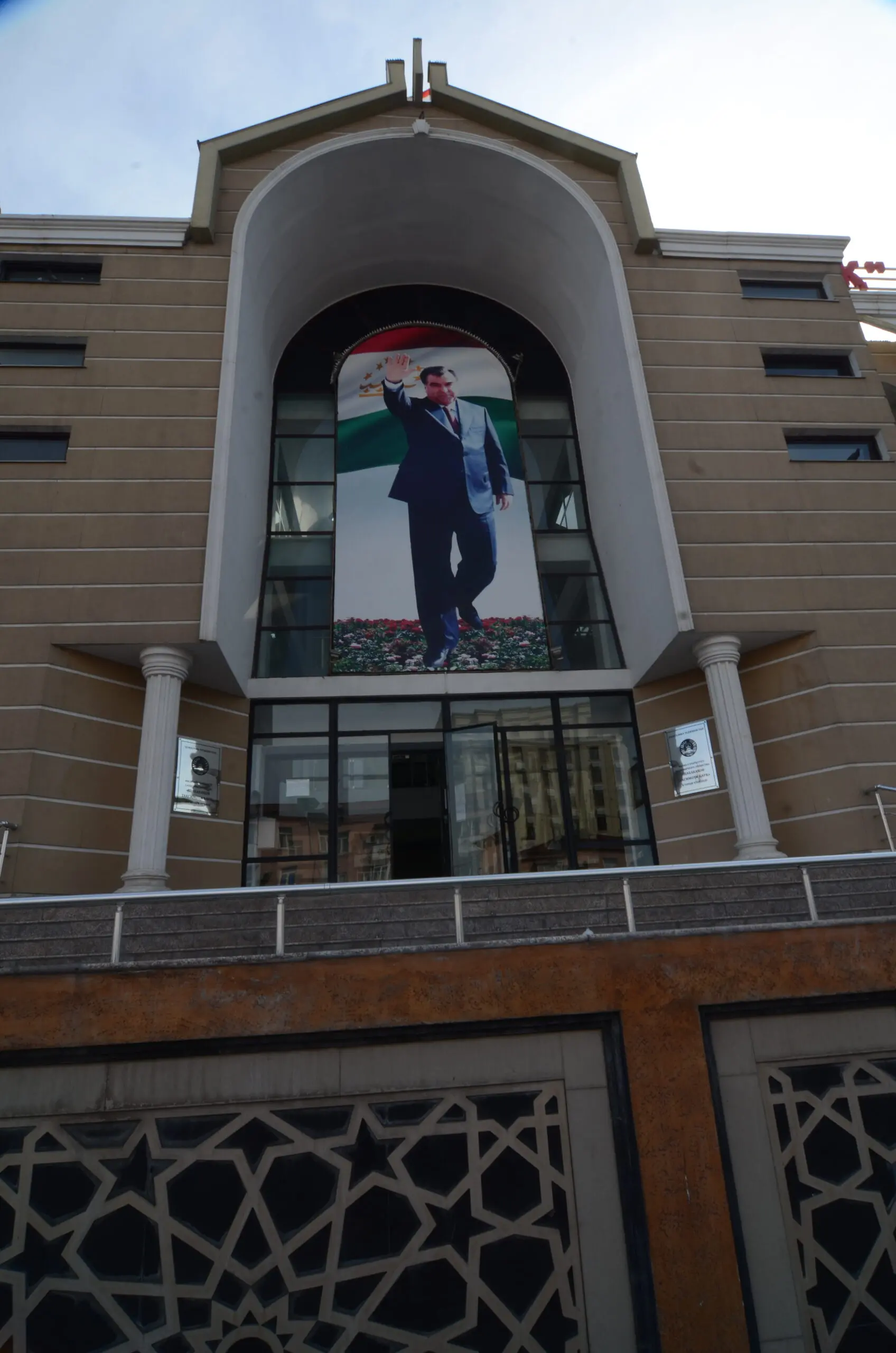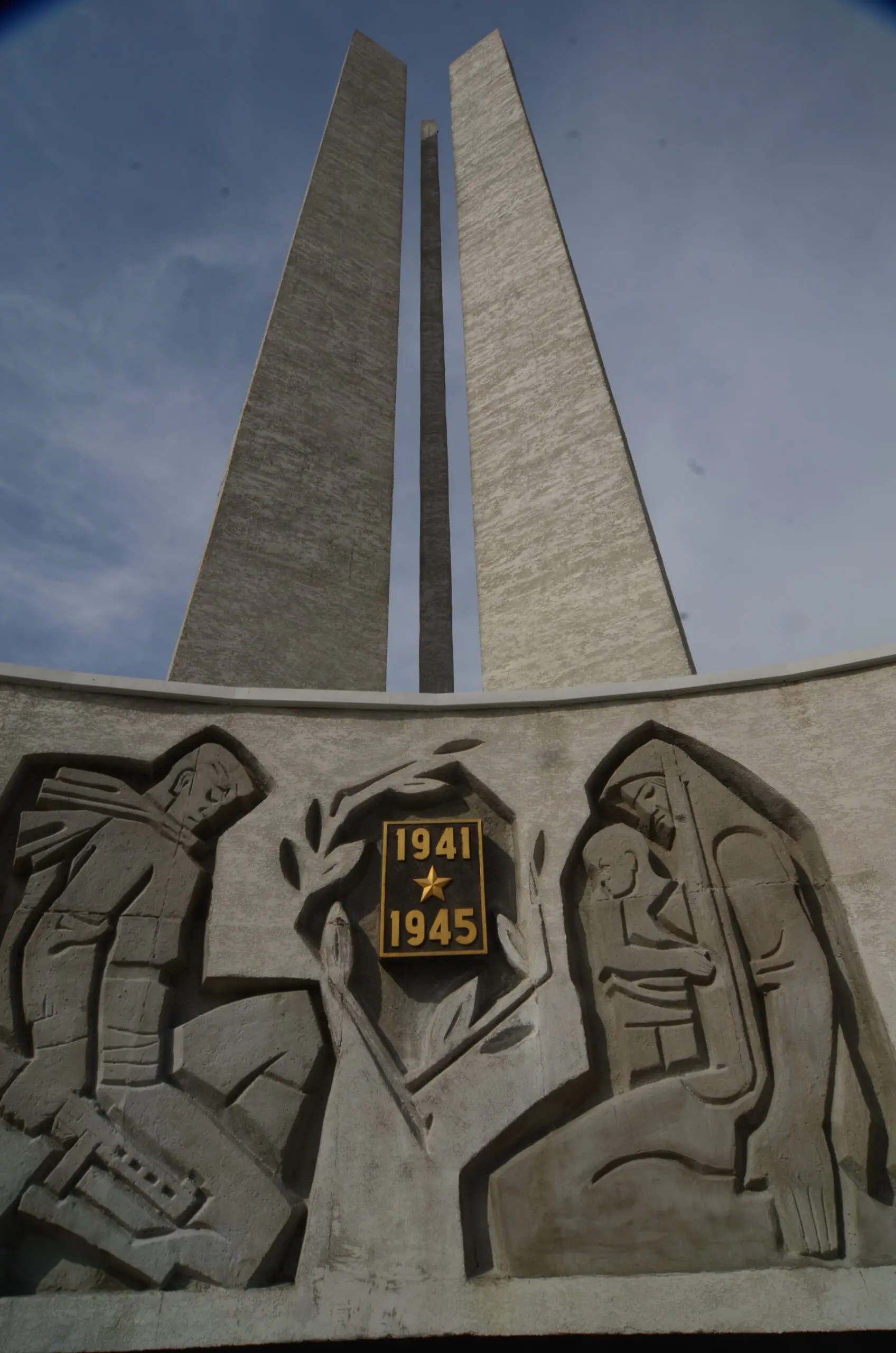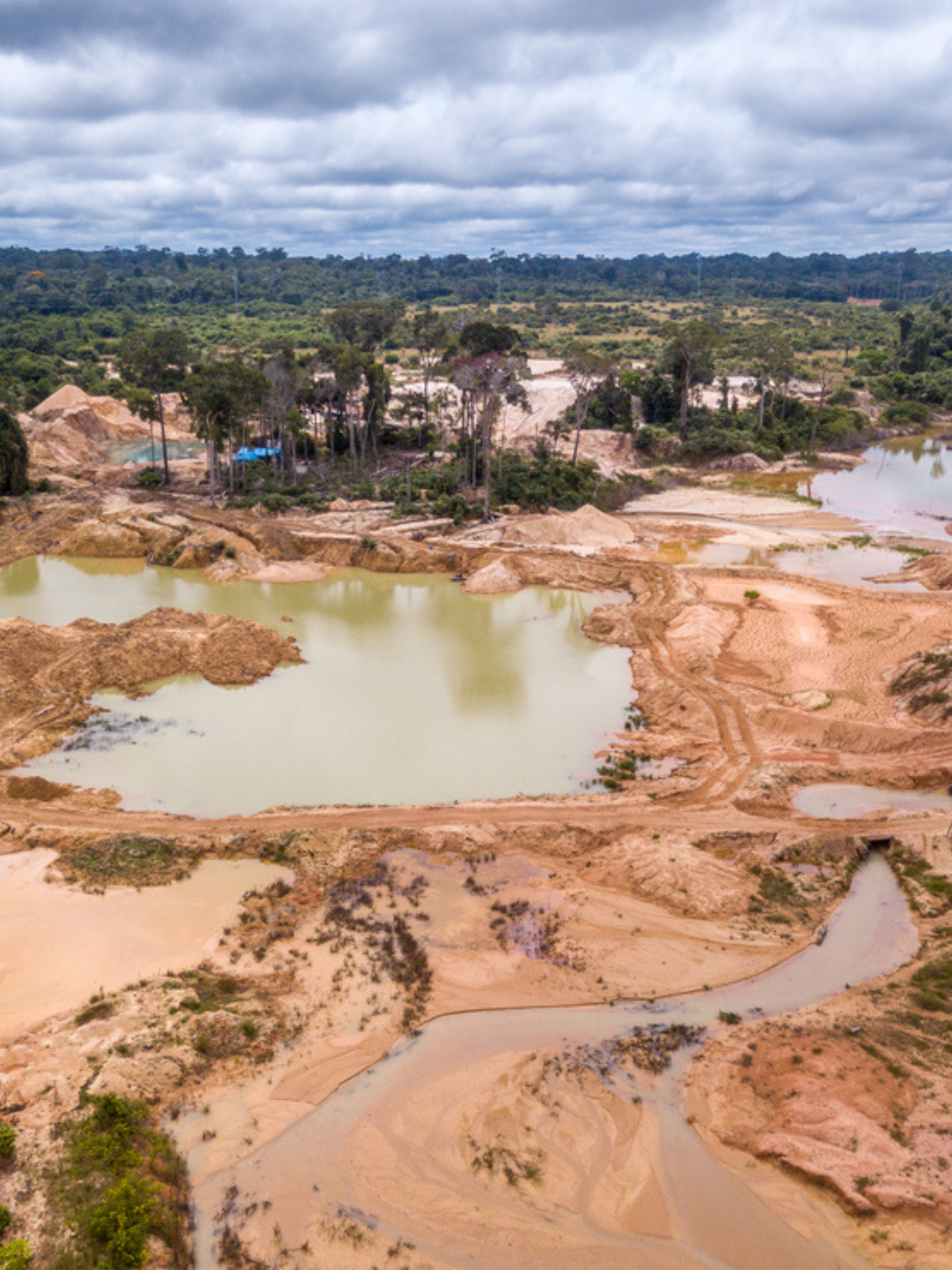This story excerpt was translated from Spanish. To read the original story in full, visit LATE. You may also view the original story on the Rainforest Journalism Fund website here. Our website is available in English, Spanish, bahasa Indonesia, French, and Portuguese.
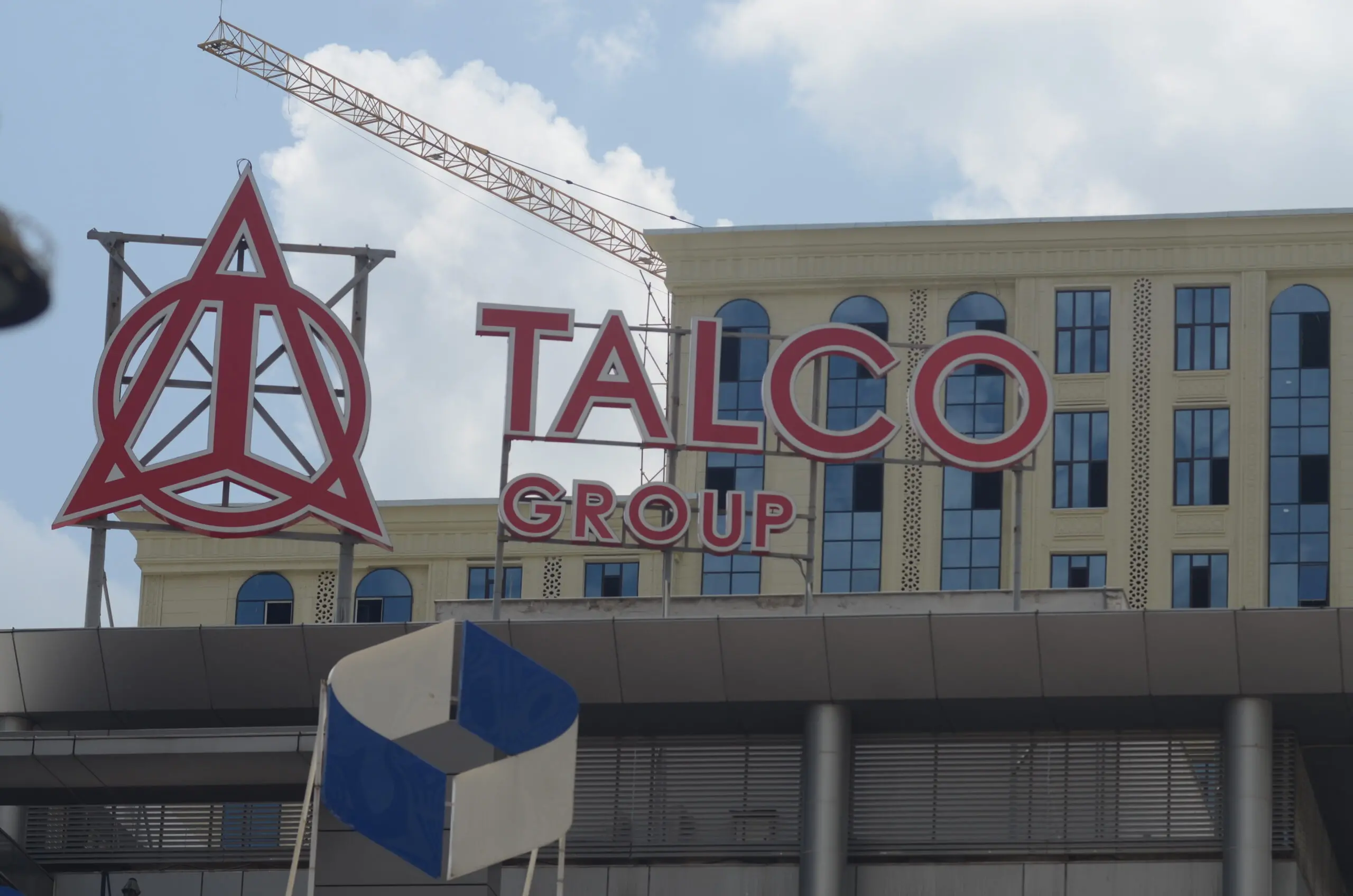
In 2020, Bolivia imported just over 1 million dollars worth of mercury from the Republic of Tajikistan. This country was the world's leading exporter of that metal, according to the Observatory of Economic Complexity (OEC), ahead of the United Arab Emirates, Russia and Mexico. That's why we visited Tajikistan.
At the Dubai World Expo 2020 (held in March 2022), Tajikistan representatives offered mercury to the potential business partners who approached them. The Tajik embassy in Germany stated on their website that “the most significant reserves of these ores are concentrated in Dzhizhikrut and Konchochskiy ore fields. On the basis of stocks of Dzhizhikrut mercury - antimony deposit is now working on the Anzob Mining plant.” However, in Dushanbe, the capital of Tajikistan, the editor-in-chief of a national newspaper says he knows nothing about this mercury issue or about anything else when asked. Nor does a man interviewed who works in the presidential office of Emomali Rahmon, in power since 1992. Moreover, one of the heads of the “Centre for Innovation and Development of Science and New Technologies” says that mercury is a thing of the past, back when the USSR still existed. All sources requested their real names not be used.
The Anzob mining zone is in the north-west of the country. It boasts an extensive tunnel that for some people is the most dangerous one in the world because of its lack of ventilation and lighting. That is probably a perfect metaphor for the country, as the Reporters Without Borders freedom of speech index ranks Tajikistan 152nd of 180 countries. The press is heavily censored, including imprisonment for independent journalists and even for families of those exiled. Also, there has been one attempted abduction by the “Response Factory” of a journalist who reported human rights violations in the country.
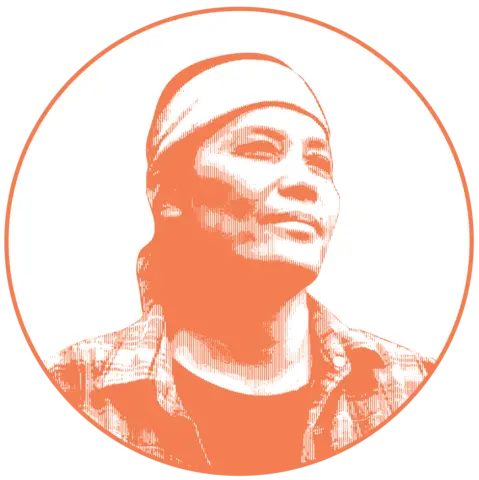
As a nonprofit journalism organization, we depend on your support to fund journalism covering underreported issues around the world. Donate any amount today to become a Pulitzer Center Champion and receive exclusive benefits!
Tajiks are very kind people and great hosts. For example, in the Dushanbe bazaar, vendors give foreigners honey or bread as gifts without asking for anything in return. But everyone in the country is always extremely cautious about giving information to foreigners.
Russia was mercury’s main exporter to Bolivia in 2021. However, according to Marcos Orellana, UN Special Rapporteur on toxics and human rights, the mercury that Russia exports is not produced there but could come from Central Asia: "It is quite possible that the mercury being exported by Russia comes from Tajikistan and perhaps others. Let's remember that neither Tajikistan nor Russia signed the Minamata Convention, therefore they are not committed to the controls of the Convention, they are not under the same obligations as if they were part, so there is a lack of control and customs information."
